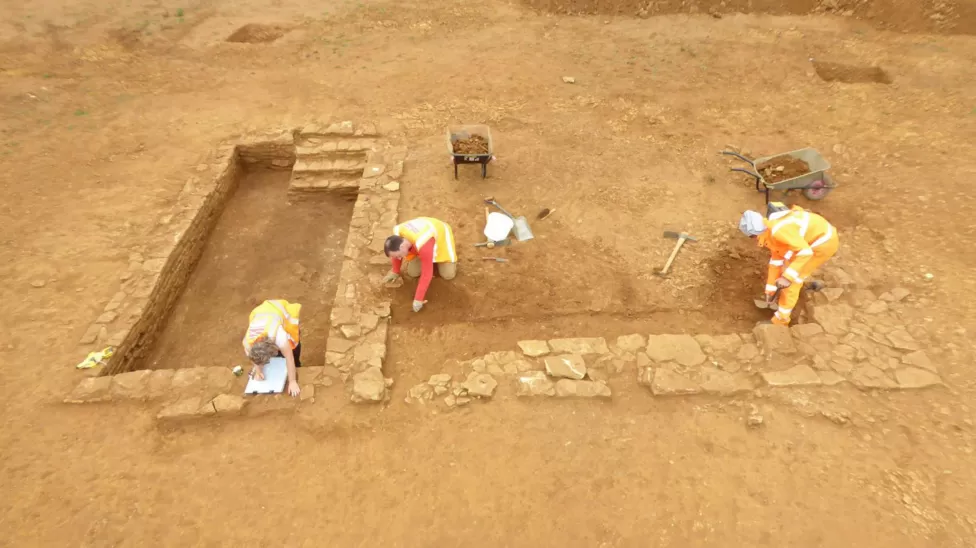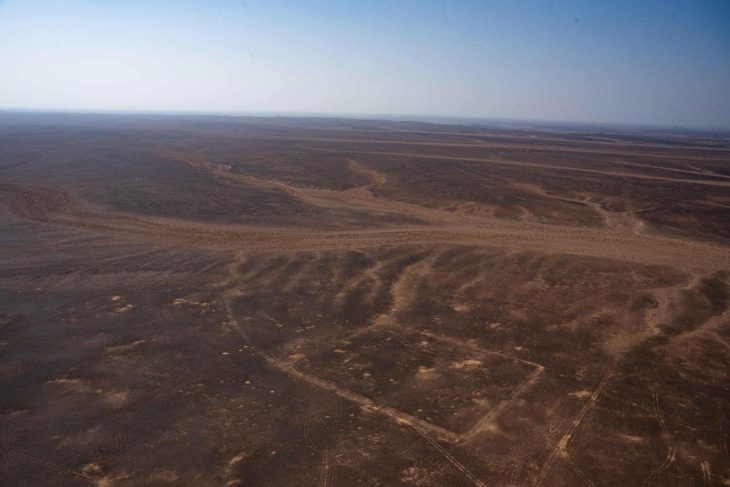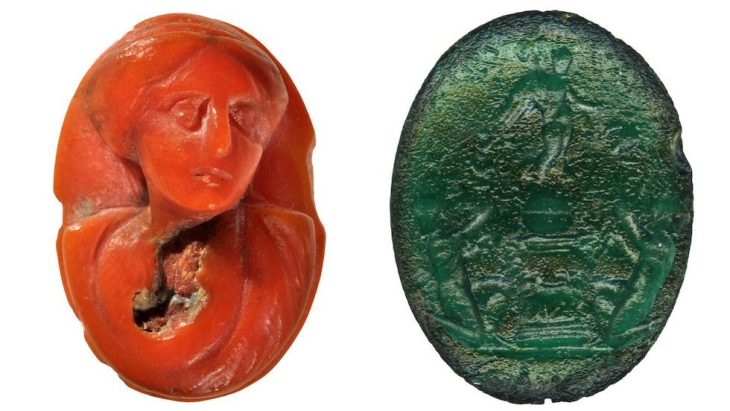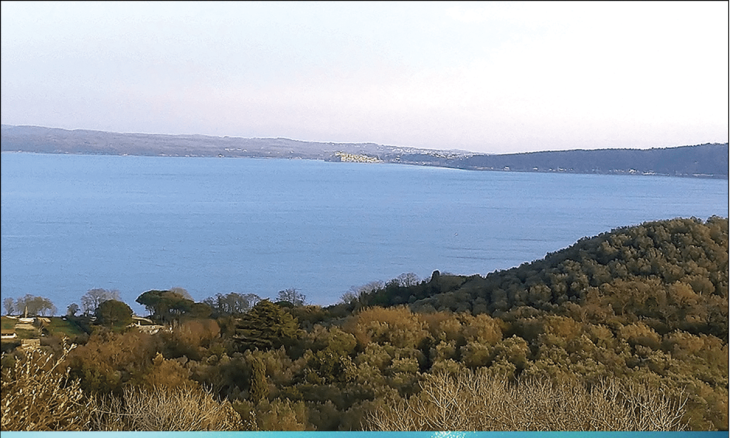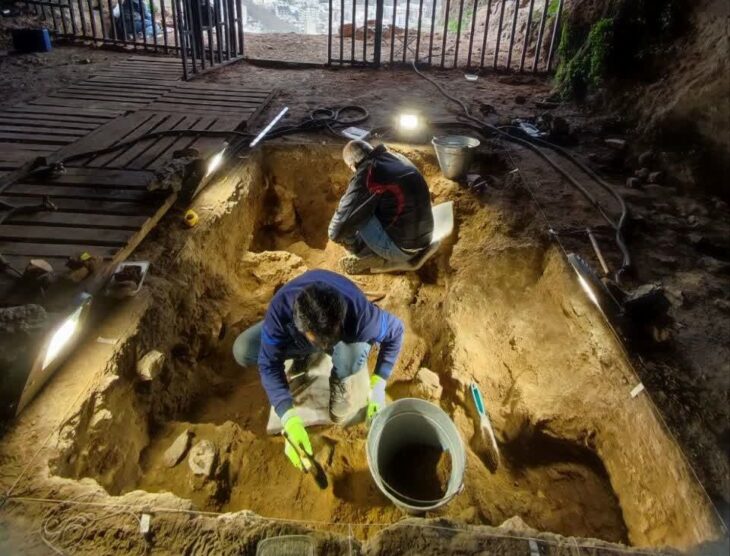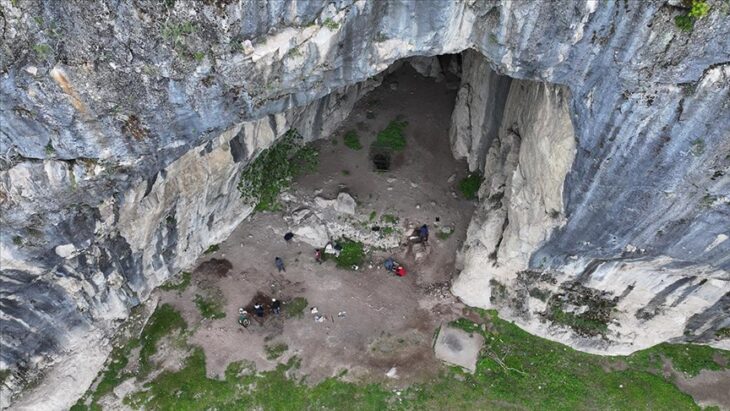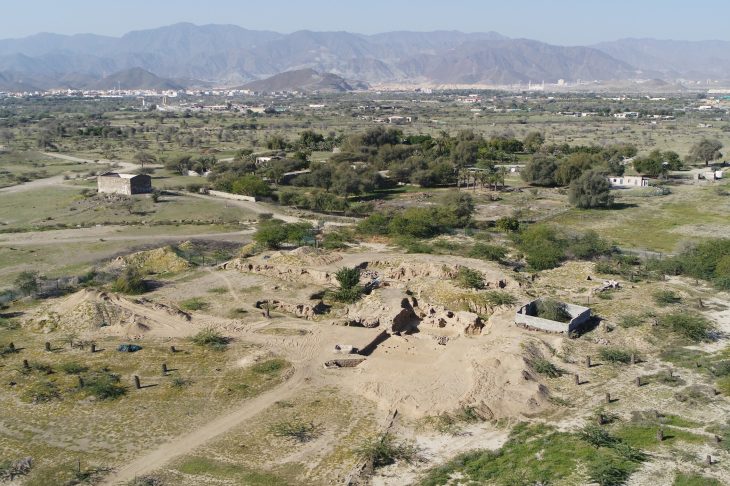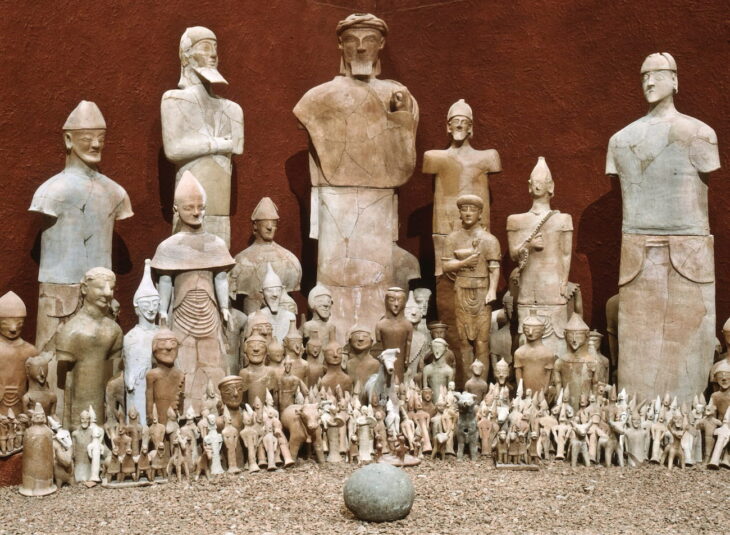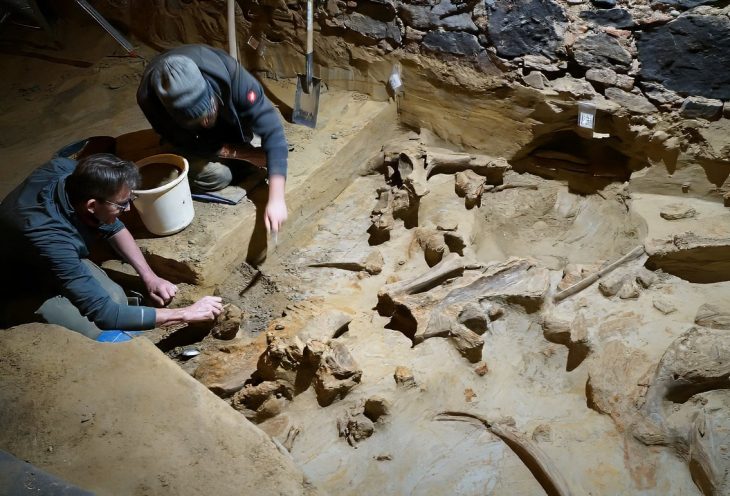Archaeologists from have discovered a Roman ritual centre during excavations near Northampton, England.
The find was made by the Museum of London Archaeology (MOLA) in Overstone near Northampton. The team has been excavating the site in preparation for a new housing development in Overstone, a village four miles north of Northampton.
According to experts, the site was in use for more than 2,000 years and both Bronze Age and Roman artifacts have been found.
The oldest find is a Bronze Age barrow, a type of burial mound that was constructed between 1,500 and 2,000 BC. The team did find five Bronze Age burial urns in the barrow, but no associated grave goods or human remains were found there either.

Simon Markus from MOLA told the BBC: “a highly significant place for local ancient communities. The fact no human remains were placed within the barrow suggests it may have had a more symbolic rather than functional use.”
📣 Our WhatsApp channel is now LIVE! Stay up-to-date with the latest news and updates, just click here to follow us on WhatsApp and never miss a thing!!
The team also found the remains of a Roman structure that stood between AD 43 and 410. There are two distinguishable rooms in the building, one of which has stairs and was embellished with elaborately painted plasterwork.
According to the researchers, the structure had no functional purpose and could have been a shrine associated with a nearby spring. Throughout Britain, the Romans frequently built shrines and temples on prehistoric sacred sites.
The researchers also large water tanks were also found and at the bottom of these were 2,000-year-old organic remains of willow tree blossoms, pinecones, walnut shells, and a complete leather shoe.
Roman structure – Image Credit: MOLA

